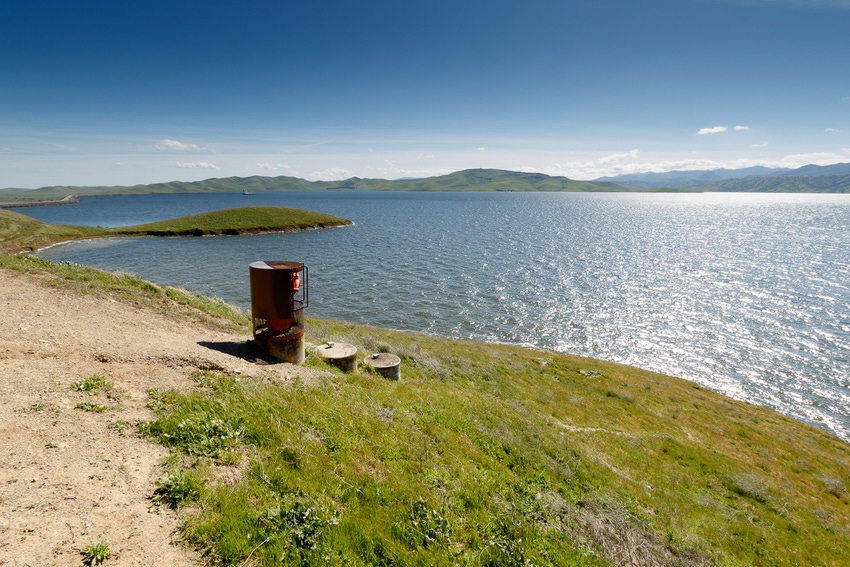
I realize California Gov. Brown doesn’t much like the current federal administration and would, if he could, secede from the union, but that’s an issue we can discuss at another time.
Instead, perhaps California and the federal government could get together on water and agree that what the Bureau of Reclamation is recommending could help the state achieve groundwater sustainability as outlined in state law.
On March 23, he U.S. Bureau Reclamation announced its initial allocation of Central Valley Project water for federal contractors in the state, including farmers. For farmers south of the San Joaquin River Delta, this initial forecast of 65 percent came with the recommendation that they use this water first and allow aquifers to recharge.
Some farmers don’t have a choice as groundwater in their area is either non-existent or too brackish to grow crops. For those with groundwater, I suspect they will do this by default.
Others, however, are in a difficult situation as they have expensive water stored in San Luis Reservoir and would prefer to use that supply before the federal government potentially takes it away and sells it to someone else. Meanwhile, the cheaper water they can access this year may likewise need to be stored until next year as they won’t be able to use it all.
This use-it-or-lose-it proposition may be legal but it’s a bitter pill for growers trying to sustain their businesses in an age of uncertain water deliveries.
While the encouragement to use surface water over groundwater makes sense on many fronts, Reclamation’s continued late announcements of water supplies cannot be ignored. Until a few years ago, Reclamation would let farmers know by about Feb. 1 what they could expect with the understanding that a “Miracle March” could boost the allocation.
Lately, these announcements have come after planting decisions are established and lines of credit secured. Telling farmers how much water they can expect after they’ve ordered seed and talked to their lenders – particularly in years like this where additional acres of row crops could legitimately be planted – does no good.
Pablo Arroyave, acting Mid-Pacific regional director for USBR, says he wants to see the agency get back to early February announcements, a move that I believe would certainly be welcomed by growers, suppliers, and lenders.
About the Author(s)
You May Also Like






